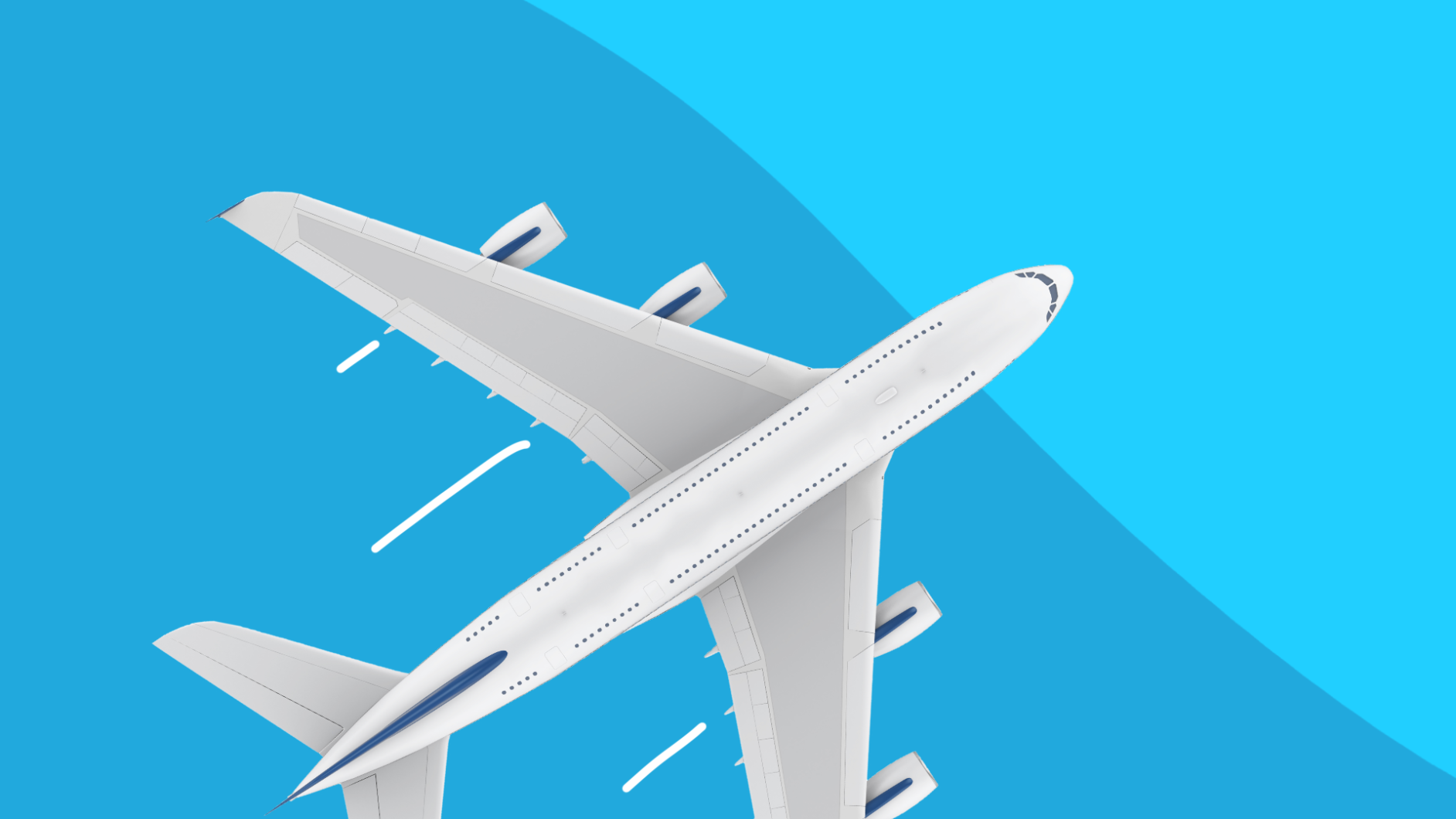The good news: Severe allergy attacks are rare occurrences on airplanes.
“The incidence is not very high,” says Sandra Gawchick, DO, co-director of the division of allergy and clinical immunology at Crozer-Chester Medical Center in Chester, Penn. “People do have reactions, but there are not that many.”
But what does “rare” mean? According to one study published in the Journal of the American Medical Association, just 2% of in-flight emergencies are attributed to allergies. However, if you or your child are among the 32,000 Americans who suffer from food allergies, particularly allergies that can lead to anaphylaxis, the rarity doesn’t change the fact that an in-flight allergic reaction could very well be life-threatening (in addition to food, this can also apply to allergies to things like animals, chemicals, and fragrance). The solution, Dr. Gawchik says, is to take a just-in-case approach and prepare for the worst—while keeping in mind that the flight will probably go off without a hitch.
Are you concerned about experiencing an allergic reaction while onboard an aircraft? Here are seven things to do before and during your flight to minimize your risk (and mitigate the problem, should a reaction occur).
1. Plan to carry your allergy medication with you.
Your allergy medication should include Benadryl and your EpiPens. And this doesn’t mean in your carry-on luggage. It means literally with you, so you (or a seatmate) can quickly grab it if needed. And yes, this is EpiPens, plural. One is not enough, says Dr. Gawchik, because some patients require a second dose of epinephrine a few hours after the first. Plus, the airline won’t necessarily have an EpiPen on board—due to medication shortages and the fact that lots of onboard medical supplies wind up being tossed out, 50 commercial airlines are currently exempt from keeping EpiPens on board through Jan. 31, 2020.
2. Familiarize yourself with your airline’s allergy policy, and notify the airline of your individual concerns.
Most airlines will post their allergy policy online, so you can easily find the info you need. Dr. Gawchik suggests calling at least 24 hours in advance to request accommodations, such as allergy-friendly meals, pre-boarding (so you can clean your seating area) and buffer zone between you and other passengers who intend to consume or carry allergens. Are you allergic to pets? Contact the airlines about this, too—they can let you know if pets will be traveling in the cabin area. If they are and this is a problem for you, ask to be seated an appropriate distance from the animals. Chances are, the airline will willingly accommodate you. To help communicate with the airlines, it never hurts to bring along food allergy cards and a note from your doctor, as well.
3. Notify the airline—again.
Even if you contacted the airline prior to your flight, it is important to talk to the flight crew directly about your situation, says Norman Tomaka, a clinical consultant pharmacist in Melbourne, Florida, and spokesperson for the American Pharmacists Association. This allows the opportunity for an announcement to be made about the allergy, says Tomaka. Say for instance you are allergic to fragrance, the flight attendant could ask passengers to refrain from spraying perfume in order to protect you. Speaking directly to the crew also helps them prepare for the possibility that they will need to help retrieve or administer medication, locate a physician, or facilitate an emergency landing.
4. Pack your own food, and bring your own pillows and blankets.
While many airlines do offer allergy-friendly meals, and some (like Delta, Southwest, and United) do not serve peanuts, Tomaka says it is always preferable to carry your own food, just in case. Also, be aware that allergen particles could be hanging out on any surface—including the communal pillows and blankets kept on board, which are unlikely to have been washed lately (in 2007, the Wall Street Journal reported that blankets went a minimum of five days between washings).
5. Once on board, thoroughly clean your seating area with disinfectant wipes.
This includes your seat, the tray table, armrests, and basically anything else you might come into contact with, as it is entirely possible that the previous passenger left traces of an allergen behind. Dr. Gawchik emphasizes that hand sanitizer and baby wipes are not adequate—if you want to truly rid the area of allergen particles, it must be disinfectant wipes (or soap and water, which unfortunately isn’t really practical in this situation).
6. Try to avoid hand-to-mouth contact.
Even if you have thoroughly cleaned and inspected your seating area, try to avoid casual hand-to-mouth contact until you deboard and wash your hands, says Dr. Gawchik. You never know what might be hanging out on something you touch.
7. Stay calm.
Finally, rest assured that merely being in the presence of an allergen does not automatically put you at risk, says Dr. Gawchik. Most of the time, ingestion is needed to trigger a systemic allergic reaction, she says. So, unless you are that rare outlier, the kid eating a peanut butter sandwich a few rows over isn’t a threat. “Evidence shows that inhalation exposure is highly unlikely to trigger an allergic reaction,” she says, adding that seafood (while being cooked) is the one exception to this rule.











